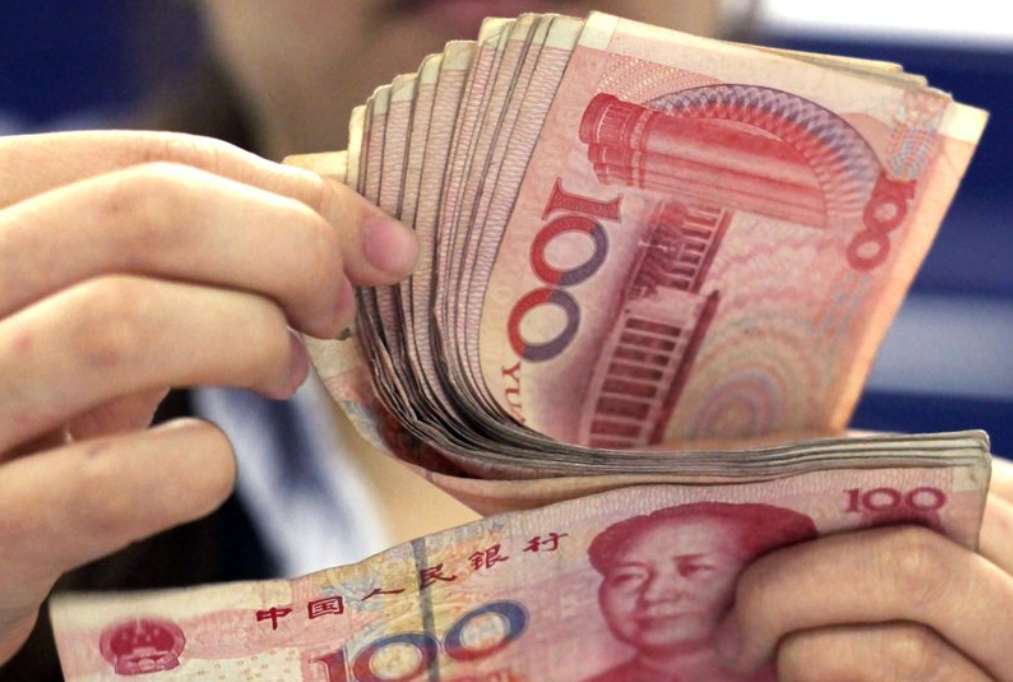
A bank clerk counts Chinese 100 Yuan notes in Shanghai on August 25, 2010. (Photo: AP)
Amid RMB exchange rate fluctuations, the US dollar has grown stronger while the yuan continues to slide, falling through the 6.9 barrier and hitting a new low not seen since the end of last year.
There was a period of increased pessimism within the exchange rate marketplace as "the dollar/yuan exchange rate beyond 7" renewed discussions.
Looking back on recent years at the yuan exchange rate, it wasn’t difficult to find characteristics similar with two-way fluctuations as the yuan exchange rate is becoming more obvious, with enhanced flexibility.
In April 2018, is when yuan began to slide. Within two months, it had reached a new low. After hovering at around 6.9 in November, the yuan rebounded in December recovering lost ground.
Currently, there are unstable factors within international financial markets, especially after the US unilaterally increased tension with China over trade.
Uncertainties are likely to trigger sharp market sentiment, resulting in short-term exchange rate fluctuations.
This week, pessimism in the offshore yuan market increased and spread to the onshore marketplace, causing the yuan exchange rate to slip. However, external factors impacting the yuan exchange rate will only see short-term shock. In the medium-to-long range, the exchange rate will depend on economic fundamentals.
Looking ahead, the yuan may fall under short-term pressure, but it has limited room to slip further as China is witnessing steady economic growth, restructuring, and a stable financial market.
It is clear that the yuan exchange rate is supported by fundamentals when considering economic data of the past four months.
From January to April this year, more than 13,000 new foreign-invested enterprises were established in China. Foreign direct investment (FDI) increased 6.4 percent year-on-year, hitting 305.24 billion yuan.
Investment in fixed assets reached 15.57 trillion yuan, up 6.1 percent year-on-year. The country’s foreign trade of goods climbed 4.3 percent year-on-year to 9.51 trillion yuan.
Imports grew by 2.9 percent to 4.45 trillion yuan while exports increased by 5.7 percent to 5.06 trillion yuan.
Since the start of 2019, the Chinese government has implemented large-scale tax reduction policies, amounting to about 2 trillion yuan. The market expects the fundamentals will continually improve.
More importantly, exchange rate market reforms in China have achieved steady progress. China's central bank has policy tools to handle the exchange rate.
The opening of China's financial market will be further deepened. Domestic bonds and stock markets will continue to open. The inflow of relevant funds will gradually increase. And of all of these features can hedge against the rise of trade protectionism and other negative factors.
As China’s central bank has reiterated since last year, the country would never manipulate the exchange rate for the sake of competition.
China's foreign exchange market will continue to run smoothly and without a basis for yuan depreciation.


